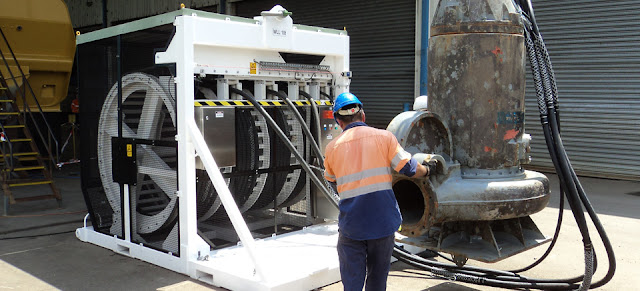 |
| There are different classifications for Machine Design. |
Machine design is the process of engineering design. A machine is made up of mechanisms that work together to satisfy the requirements of what the machine needs to accomplish. The machine design may be classified as follows.
Adaptive design.
In most cases, the designer’s work is concerned with adaptation of existing designs. This type of design needs no special knowledge or skill and can be attempted by designers of ordinary technical training. The designer only makes minor alternation or modification in the existing designs of the product.Development design.
This type of design needs considerable scientific training and design ability in order to modify the existing designs into a new idea by adopting a new material or different method of manufacture. In this case, though the designer starts from the existing design, but the final product may differ quite markedly from the original product.New design.
This type of design needs lot of research, technical ability and creative thinking. Only those designers who have personal qualities of a sufficiently high order can take up the work of a new design. The designs, depending upon the methods used, may be classified as following types.- Rational design. This type of design depends upon mathematical formulae of principle of mechanics.
- Empirical design. This type of design depends upon empirical formulae based on the practice and past experience.
- Industrial design. This type of design depends upon the production aspects to manufacture any machine component in the industry.
- Optimum design. It is the best design for the given objective function under the specified constraints. It may be achieved by minimising the undesirable effects.
- System design. It is the design of any complex mechanical system like a motor car.
- Element design. It is the design of any element of the mechanical system like piston, crankshaft, connecting rod, etc.
- Computer aided design. This type of design depends upon the use of computer systems to assist in the creation, modification, analysis and optimisation of a design.
No comments:
Post a Comment